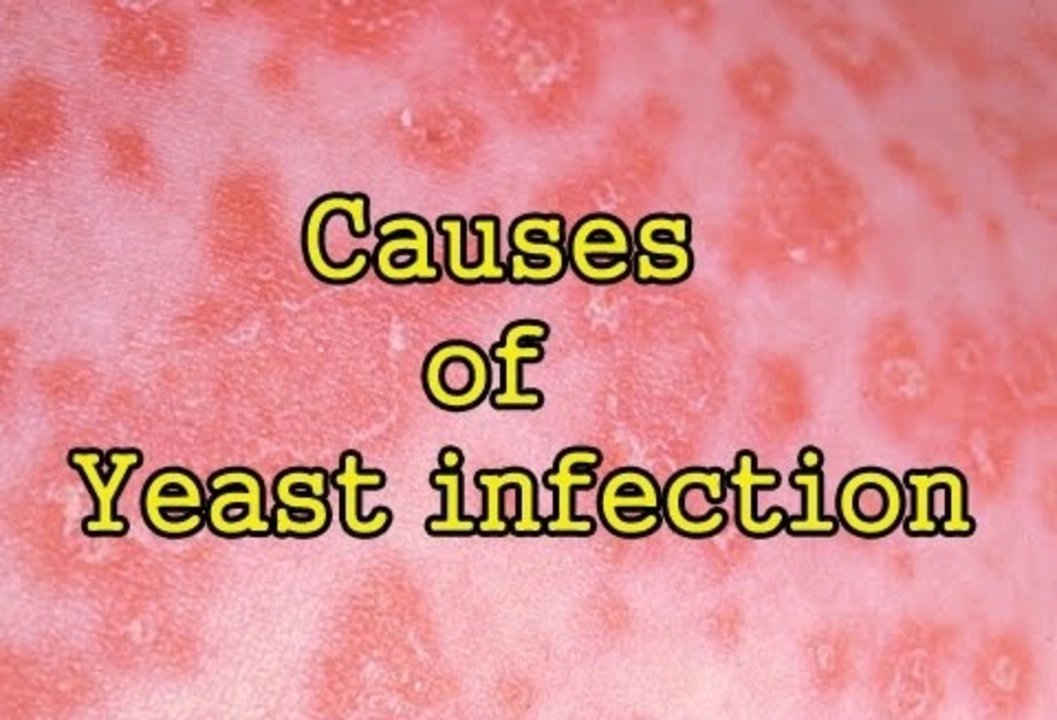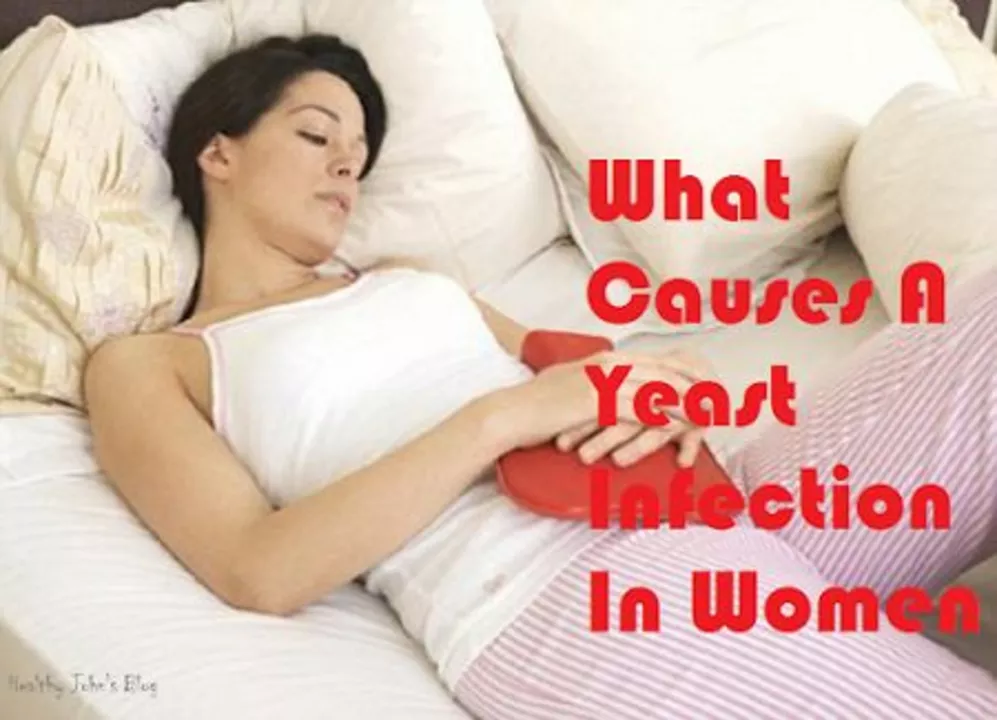Skin: Care, Conditions & Practical Treatments
Your skin shows a lot about how you're doing — tired, stressed, or reacting to a drug. If something feels off, quick, simple steps often help. Below you’ll find no-nonsense advice on common problems like itching, scars, and drug-related skin changes, plus where to read more on each topic.
Quick fixes for itching and rashes
If your skin itches, start with the least invasive moves: cool compresses, fragrance-free moisturizer, and short lukewarm showers. For mild allergic itch, an over-the-counter non-sedating antihistamine during the day (like loratadine) can help without making you drowsy. Topical hydrocortisone 1% works for small red patches — use for a week and stop if it doesn’t improve.
Not all itch needs a prescription. Our piece "Best Alternatives to Hydroxyzine for Itch Relief" lists dermatologist-friendly options when hydroxyzine’s sedation is a problem. If the rash spreads quickly, blisters, or you have fever, see a doctor right away — that can signal infection or a severe reaction.
Scar care and sports injury skin tips
Preventing scars starts the moment you injure yourself. Clean the wound gently, keep it lightly moist with an antibiotic ointment or petrolatum, and cover it until new skin forms. Once closed, use sunscreen and gentle massage with a silicone gel or sheet — both reduce thick scar formation. Avoid picking scabs; that’s a fast track to worse scarring.
For existing scars from sports injuries, options that actually help include silicone sheets, steroid injections for raised scars, and professional procedures like laser or microneedling. Our article "How to Tackle and Prevent Scars from Sports Injuries" explains what to try at home and when to see a specialist.
Some supplements can support skin repair. For example, pumpkin seed–based supplements supply zinc and vitamin A precursors that can help skin turnover. Read "Pumpkin Dietary Supplement" to see real benefits and how to pick a safe product.
Medications can change your skin — acne, flushing, rashes, or photosensitivity. The article "Tadalafil and Skin Health" covers what to watch for with that drug and simple steps to manage mild reactions, like avoiding sun and switching moisturizers. If a new medicine causes a widespread rash, contact your prescriber before continuing it.
Want to dig deeper? Check the linked articles on itch alternatives, scar treatment, and medication skin effects for focused guides and product tips. If a problem is painful, spreading fast, or affecting breathing, seek urgent care. Otherwise, follow basic wound care, protect with sunscreen, and ask a dermatologist for stubborn cases — they can offer targeted treatments that work faster than trial and error.
In my recent research, I discovered a significant connection between diabetes and yeast infections of the skin. High blood sugar levels in diabetics can create a favorable environment for yeast to thrive, leading to infections. These infections are not only uncomfortable but can also cause complications if left untreated. It's crucial for diabetics to maintain proper blood sugar control and practice good hygiene to minimize the risk of developing skin yeast infections. I'll be sharing more about this topic and ways to prevent it in my upcoming blog post, so stay tuned!
As a blogger, I have recently come across the connection between yeast infections of the skin and mental health. I discovered that these infections can cause significant stress and anxiety in affected individuals. The constant itching and discomfort can lead to sleep deprivation, further impacting one's mental well-being. Additionally, the visible appearance of these infections can result in self-consciousness and a negative self-image. It's essential to treat yeast infections promptly and seek support for any mental health concerns that may arise during the healing process.


